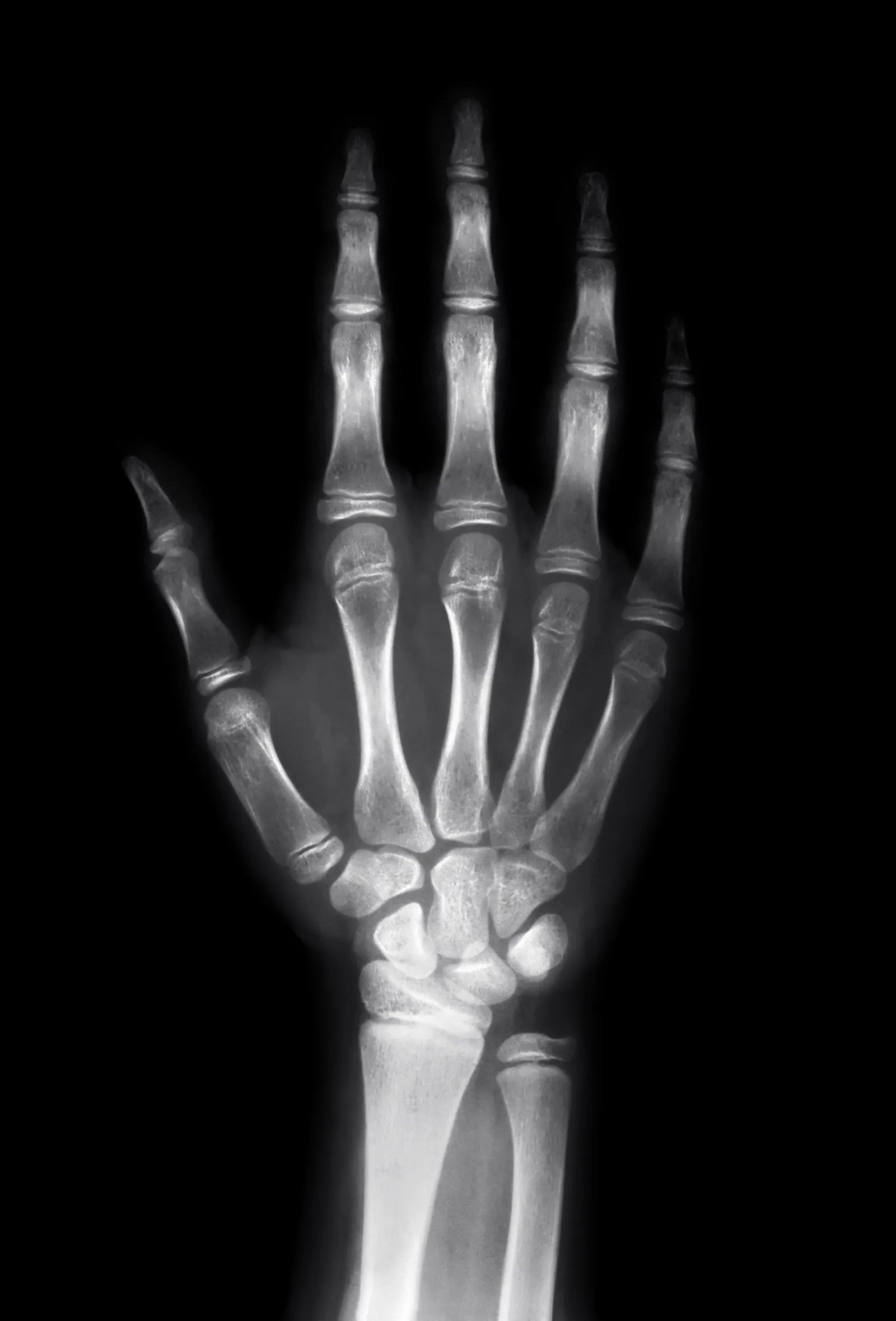
Here at Orthopaedic Specialists of Austin, our primary goal is promoting wellness using state-of-the-art techniques and technology. This advanced approach to surgery us particularly important when it comes to wrist and hand surgery.
With this in mind, we'd like to consider endoscopic surgery for the treatment of carpal tunnel syndrome. As you'll see, this minimally invasive surgery option is excellent for a number of reasons.
About Carpal Tunnel Syndrome
Carpal tunnel syndrome is a condition that affects the hands and the arms caused by a pinched nerve in a person's wrist. This is not unheard of considering that the carpal tunnel that protects the main nerve to the hand is surrounded by many bones and ligaments.
When carpal tunnel syndrome occurs, it can lead to tingling, numbness, and weakness in the hand. This can eventually lead to sensations of pain and discomfort in the hands and the wrist.
When is Surgery Necessary?
In general,, surgery for carpal tunnel syndrome is necessary when non-surgical treatment options such as the use of wrist splints, corticosteroids, and non-steroidal anti-inflammatory drugs prov ineffective at managing the symptoms of the condition. This assessment can be made by your doctor and/or an orthopedic surgery specialist.
What is Endoscopic Surgery?
Endoscopic surgery is a type of small-incision surgery used to diagnose and treat various kinds of conditions. The endoscope (the instrument used in the surgery) is inserted directly into the body and near the organ being operated upon or examined. This means that the organs are not exposed to the air as in an open surgery. All of the necessary surgical work is completed internally.
The Benefits of Endoscopic Surgery
There are a few significant benefits to endoscopic surgery:
- Smaller incisions
- Less scarring
- Little to no blood loss during surgery
- Reduced risk of infection
- Faster healing times
- Less pain during recovery
When dealing with carpal tunnel syndrome, endoscopic procedures will help avoid damaging the delicate network of bones, tendons, and muscles of the wrist and hand.
What to Expect During Carpal Tunnel Surgery
The incision for endoscopic carpal tunnel syndrome is often made in the wrist or in the wrist as well as the palm. Through these incisions, a small camera and the tiny surgical instruments are inserted. The transverse carpal ligament is cut during a carpal tunnel release surgery. This will relieve pressure on the median nerve, which will alleviate the symptoms of carpal tunnel syndrome.
The Results of Endoscopic Carpal Tunnel Surgery
Most people who undergo carpal tunnel release surgery no longer experience pain, tingling, numbness, or weakness of their hands. It's a very effective procedure to consider for serious cases of carpal tunnel syndrome. It's also very safe, with complications occurring in less than 1% of surgeries.
Is Hand Surgery Right for Me?
The best way to find out if carpal tunnel surgery is the right option for you is to visit our practice for a consultation. During your visit, we will be sure to consider all non-surgical treatments for your condition first and provide additional information on surgeries and surgical alternatives.
Learn More About Treating Carpal Tunnel
For more information about treating and preventing carpal tunnel syndrome, contact an experienced orthopedic surgeon today. When you stop by Orthopaedic Specialists of Austin, we can discuss current issues with hand strength and pain and consider what options for care may work best for you and your needs.
